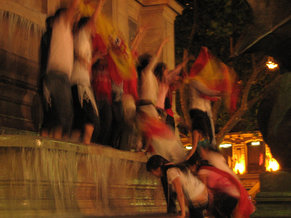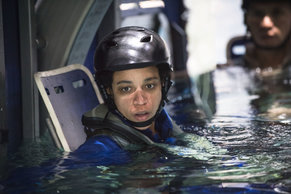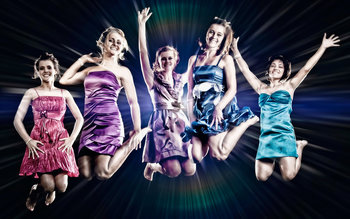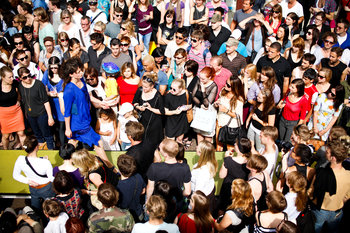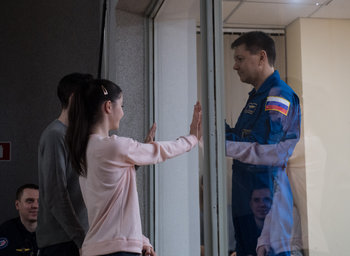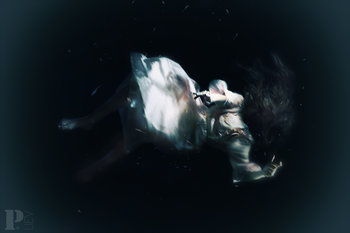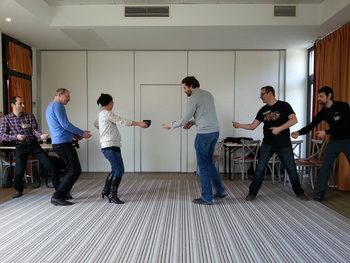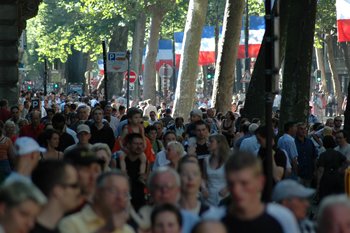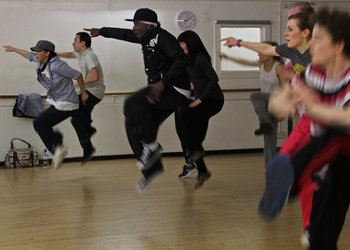
Sight
Sight or vision is the ability to detect wavelengths of light between 780 and 380 nanometers and to map bands in this spectrum to colors.Hearing
Hearing or audition is the ability to detect vibrations in the medium surrounding us such as air or water.Smell
Smell or olfaction is the ability to perceive and differentiate between around 1 trillion substances in the air.Taste
Taste or gustation is the ability to sense substances in the mouth. This is a complex sense that uses thousands of taste buds in the oral cavity and combines this with information from other senses, particularly smell.Touch
Touch or tactition is an extensive system of sensory neurons and neural pathways known as the somatosensory system. This is found throughout the body including the skin, epithelial tissues, muscles, bones, joints and internal organs. The somatosensory system allows you to perceive the physical dimensions and dynamics of things.Heat
Heat sense or thermoception is the ability to gauge the temperature of things. This is another function of the somatosensory system.Pain
Special neurons in the somatosensory system known as a nociceptor send information about problems and threats to the brain that are commonly known as pain.Pressure
Pressure sense or mechanoreception is part of the somatosensory system that allows you to sense physical forces. For example, the ability to know how tightly you are gripping a pencil and whether the pencil responds as a hard or soft material as you grip it.Balance
Balance or equilibrioception is a sense of spatial orientation and dynamics. This is a complex sense that uses information from a variety of systems including vision and the vestibular system of the inner ear.Proprioception
Body awareness or proprioception is awareness of the position and movement of the body.Interoception
Internal body sense or interoception is a great variety of senses related to internal organs. For example, the ability to feel hungry, thirsty or that your heart is beating fast. This system is quite complex and can be broken down into dozens of identifiable senses both conscious and non-conscious.Time
Time or chronoception is the ability to perceive and estimate the passing of time. This isn't tied to any known system and is assumed to be a function of the unconscious mind.Intuition
Intuition is a thought that occurs without any identifiable conscious process. Plato viewed this as a connection to universal pure reason he referred to as the forms. Intuition is not well understood but is often assumed to be a product of the unconscious mind. It is perceived much like a sense. For example, people may have an intuitive sense that someone is starring at them from behind, that they can't explain with standard senses such as vision. Intuition is not commonly accepted as a sense.The Five Senses
The five senses are sight, hearing, smell, taste and touch. This list is recognized as incomplete but is often used to explain sense to children as these map to things like eyes, ears, nose, tongue and hands that are easy to understand.The Nine Senses
The nine senses are sight, hearing, smell, taste, touch, balance, body awareness, temperature and pain. These are often referred to as the "main senses" in recognition that this list is incomplete.20 or 21 Senses
There are a large number of different complex senses, systems and receptors related to the internal body sense or interoception. Occasionally someone tries to explain a few of these to make a longer list of senses. The somatosensory system is also quite complex and can be broken into sub-senses such as vibration that are often summarized as "touch."54+ Senses
Longer lists of senses are constructed by dividing senses into different capabilities. For example, listing vision and color perception as different senses. It is also possible to list complex senses that result from many systems. For example, a sense of fear that can stem from various systems that work together to generate a sensation.| Overview: Senses | ||
Type | ||
Definition | Systems that allow the body to perceive the world. | |
Related Concepts | ||

